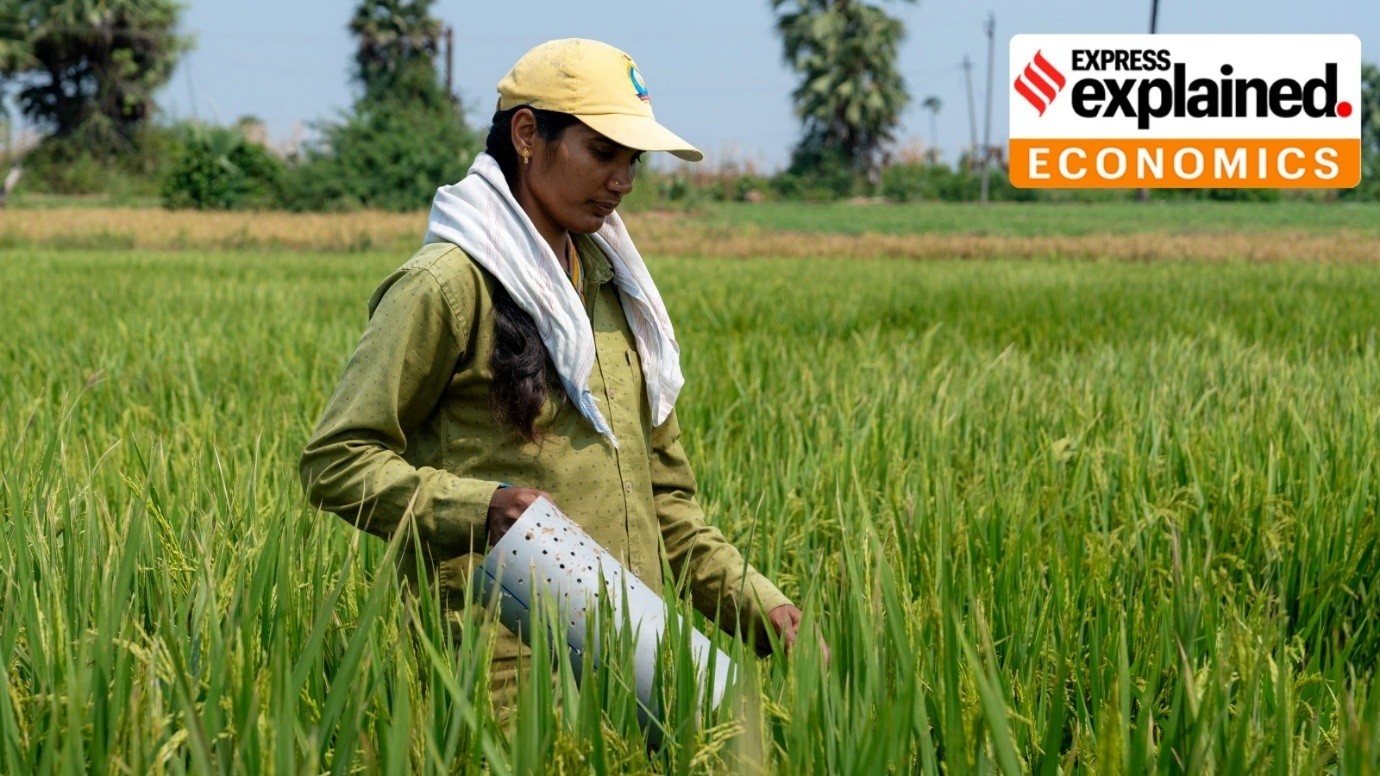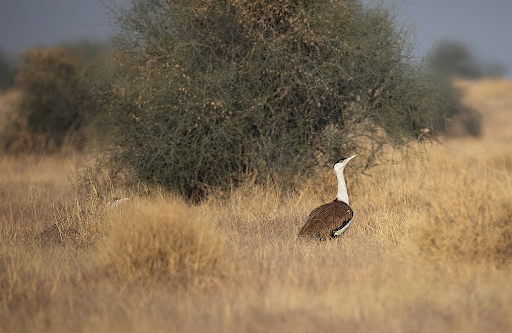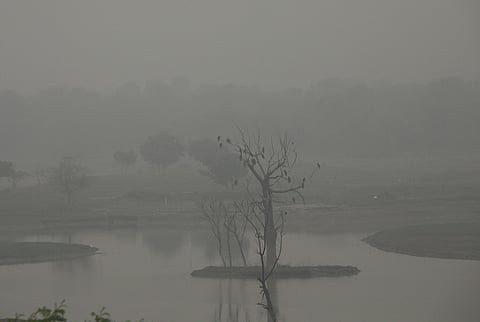




Source: INDIANEXPRESS
Disclaimer: Copyright infringement not intended.
The Kumbakonam Vetrilai (betel leaf) a culturally significant agricultural product of Tamil Nadu was granted the Geographical Indication tag.
Tamil Nadu’s 62nd GI product; first agricultural GI tag for Thanjavur district.
Cultivated mainly in Kumbakonam and its adjacent villages Ayyampettai, Swamimalai, Rajagiri, Thiruvaiyaru, Thiruvidaimarudur and Papanasam in the Thanjavur district of Tamil Nadu.
The cultivation benefits from the fertile Cauvery river basin which imparts a distinctive taste and aroma to the leaf.
Shape: Oblong, heart-shaped.
Colour: Ranges from dark green to light green.
Taste: Pungent with a distinctive sharpness.
Use: A staple in South Asian households primarily for making paan a popular post-meal chew.
|
Phase |
Description |
|
Initial Growth |
Leaves emerge after 20–25 days of planting (called kolundhuvetrilai) |
|
First-Year Yield |
Starts between 7th to 12th month — known as maaruvethalai; produces larger leaves, better shelf life (6–7 days), and higher market prices |
|
Second-Year Yield |
Known as kelavethalai — comparatively smaller leaves |
|
Third-Year Yield |
Called kattavethalai — yield and leaf size decline further |
Price Range: ₹80 to ₹180 per 100 leaves.
Labour Intensive: Daily manual work from 4 AM to 11 PM especially for plucking.
Cultivation Pattern: Conducted in March–May and August–October. Uses banana suckers to provide shade.
Most farmers cultivate on less than one acre due to capital intensity and erratic profitability.
The leaf is also exported showcasing its global appeal.
Rich in antioxidants and chavicol (anti-inflammatory compound).
Aids digestion and may help manage oxidative stress especially beneficial for people with diabetes.
Sources:
|
PRACTICE QUESTION Q. Kumbakonam Vetrilai is cultivated predominantly in which river basin? Answer: C Explanation: Cultivated mainly in Kumbakonam and its adjacent villages Ayyampettai, Swamimalai, Rajagiri, Thiruvaiyaru, Thiruvidaimarudur and Papanasam in the Thanjavur district of Tamil Nadu. The cultivation benefits from the fertile Cauvery river basin which imparts a distinctive taste and aroma to the leaf. |






© 2026 iasgyan. All right reserved